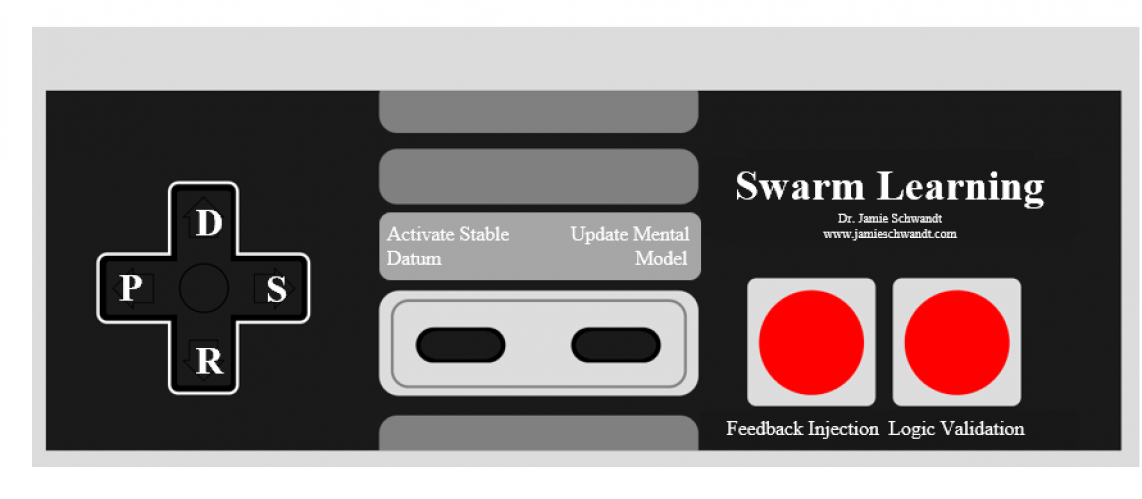| What is strategy? | |
| What is strategic management? | |
| What are the characteristics of strategy? | |
| How has strategos evolved? | |
| Describe the strategic process. | |
| What are the components of a business model? | |
| What is the difference between mission and vision? | |
| What is the hospital business model? | |
| Explain the elements of evaluating and organizational environment. | |
| Describe the Five Forces framework. | |
| What is a SWOT analysis? | |
| What is a value chain? | |
| How is Strategos evolved | |
| Deliberate action and non-linear thought necessary for establishing routines and processes. | |
| Strategy seen as deliberate, purposeful behavior that allows a firm to plan decisions that maximize opportunities and minimize threats. | |
| Strategy began to apply to business in the Industrial Revolution from executives from GM and Bell. | |
| Medieval tactics began with an emphasis on defensive fortifications. | |
| Sun Tzu – Art of War, Alexander the Great, Phillip II, Hannibal logged their experiences on the battlefield. | |
| Now over 110k books on strategy available on Amazon | |
| Planning of a military campagin | |
| Strategic Management | |
| Implementation | |
| Strategy evaluation | |
| Strategy formulation | |
| Environmental scanning | |
| Goal formulation | |
| Strategic control | |
| Involves the creation, implementation and over direction of an organization | |
| Characteristics of strategy | |
| Affects the welfare of the organization | |
| Complex | |
| Involves various thought processes | |
| Exists on different levels | |
| Is not purely deliberate | |
| Involves issues of content and process | |
| Concerns both organizations and the environment | |
| Involves allocation of resources | |
| Should be mission-based. | |
| The strategic process | |
| Gap analysis | |
| Strategies and Strategic Objectives | |
| Vision | |
| Mission formulation | |
| Organizational values | |
| Corporate strategic plans | |
| Planning to plan | |
| Strategic Analysis | |
| Operational Strategic Plan | |
| Implementation | |
| Components of a business model | |
| Inputs: a combination of resources used to provide the product and/or service | |
| Profitability: a financial mechanism to recover enough revenue to sustain the provision of the product and/or service | |
| Processes: the sequence and method resources that are used to create/provide the product and/or service | |
| Customer Value: a business model that meets the currently unmet needs of the customer. | |
| Mission vs. Vision | |
| A mission should be the foundation of strategic direction | |
| A vision is a statement about what the organization wanst to become. | |
| Evaluation of organizational environment | |
| Key referral sources | |
| Competition | |
| Customers | |
| External evaluation | |
| Consumer perception | |
| internal evaluation | |
| Hospital business model | |
| Revenue generation: pay per use and HMO premiums. | |
| Processes: eliminate unnecessary and costly processes and streamline the patient experience. | |
| Inputs: providers, nurses, therapists, pharmacists, supplies, drugs and support personnel. | |
| Customer Value: Access to quality care at reasonable costs. | |
| The Five Forces Framework | |
| The bargaining power of buyers | |
| The bargaining power of suppliers | |
| The threat of substitutes | |
| The threat of new entrants | |
| The threat of rivalry | |
| SWOT Analysis | |
| Threats | |
| Opportunities | |
| Weaknesses | |
| Strengths | |
| Value Chain | |
| Organizational capabilities: An organization’s skill in combining it’s resources to produce goods and services. | |
| Delivery capacity: An organization’s ability to get the product and services to the customers | |
Teaching students how to think, not what to think

You had a lot of information on your presentation! I thought it was great and highly detail oriented.
In addition, I appreciated you commenting on Anthony’s post about how to get the link from your published Thortspace sphere. I was getting very confused!
Great job!
Fantastic work!